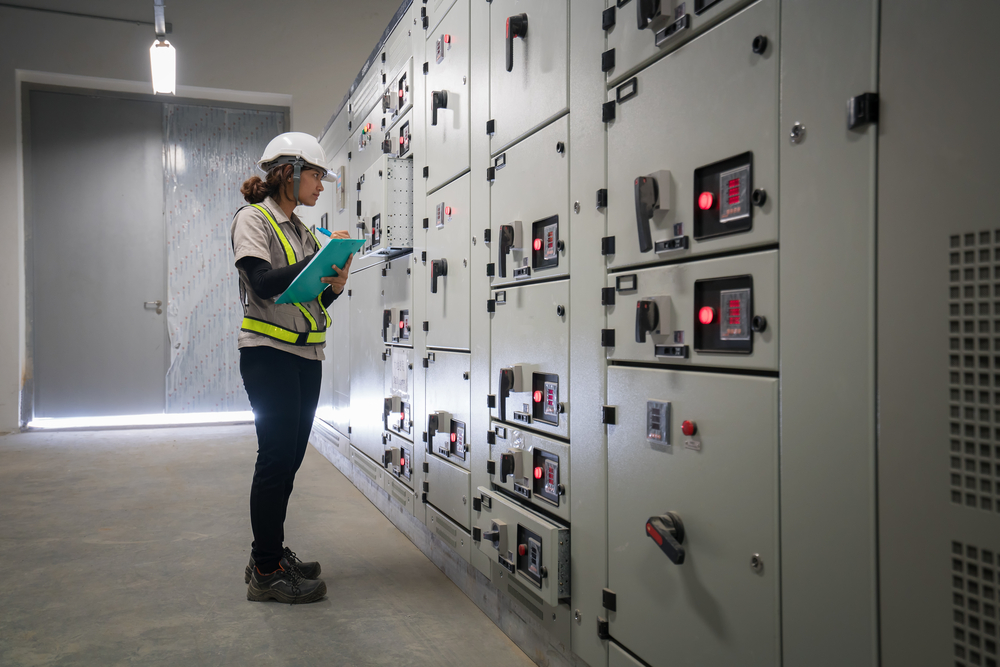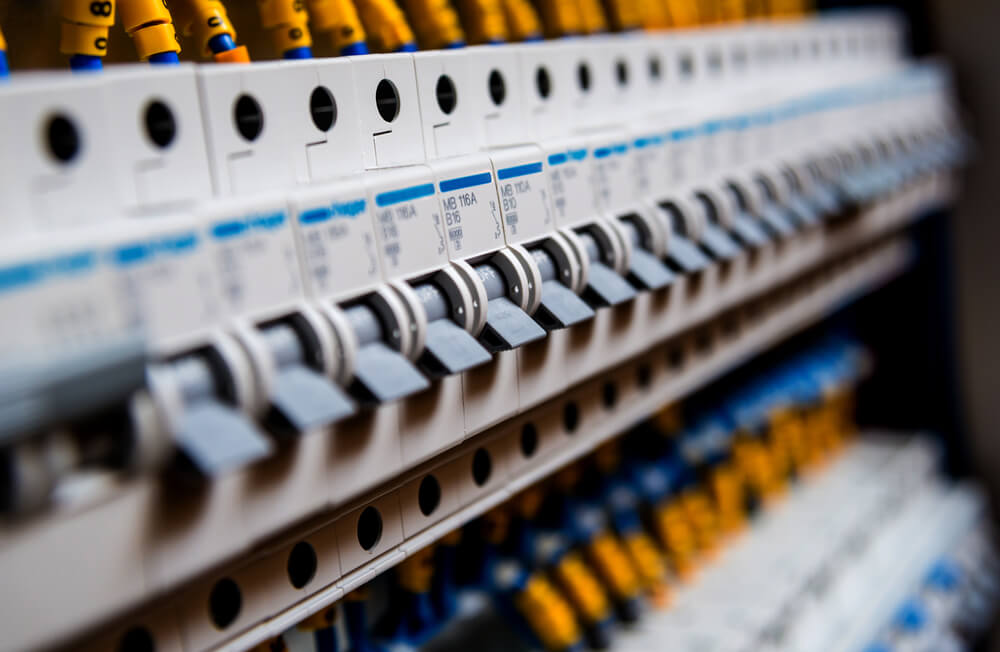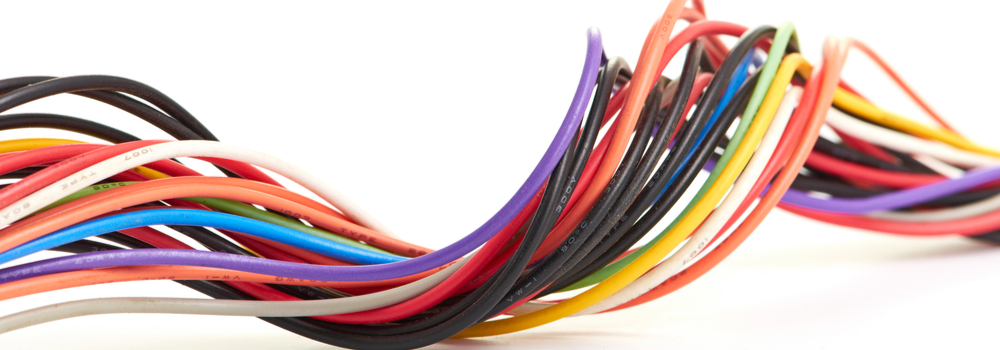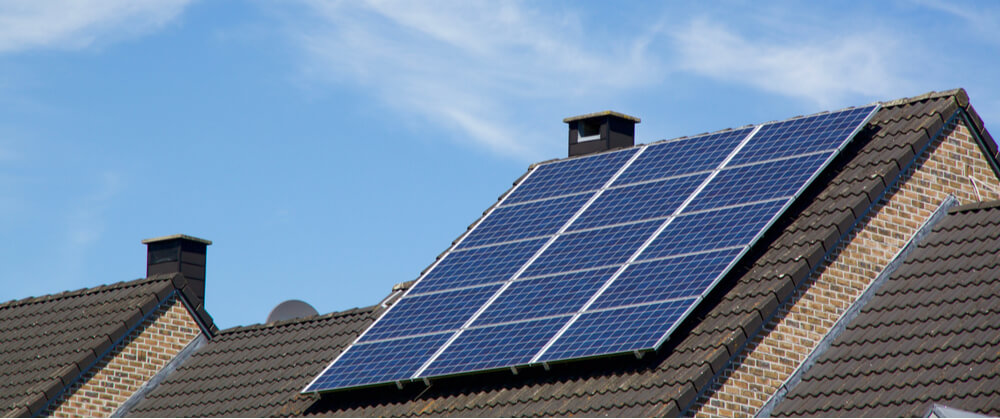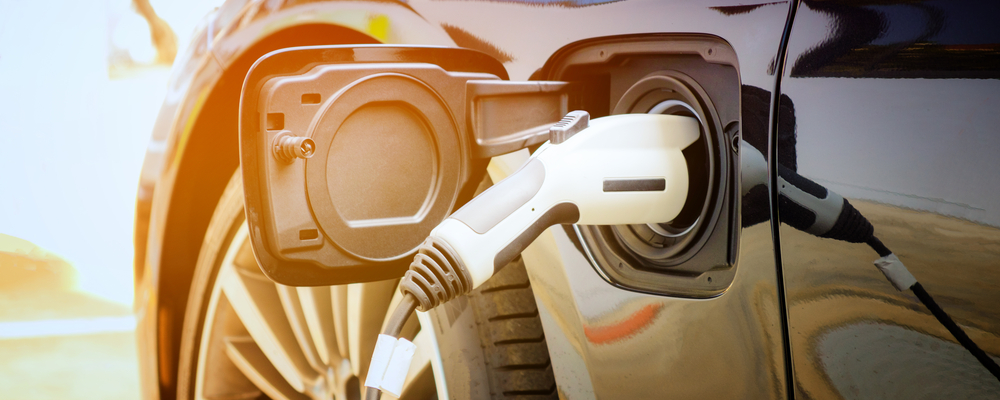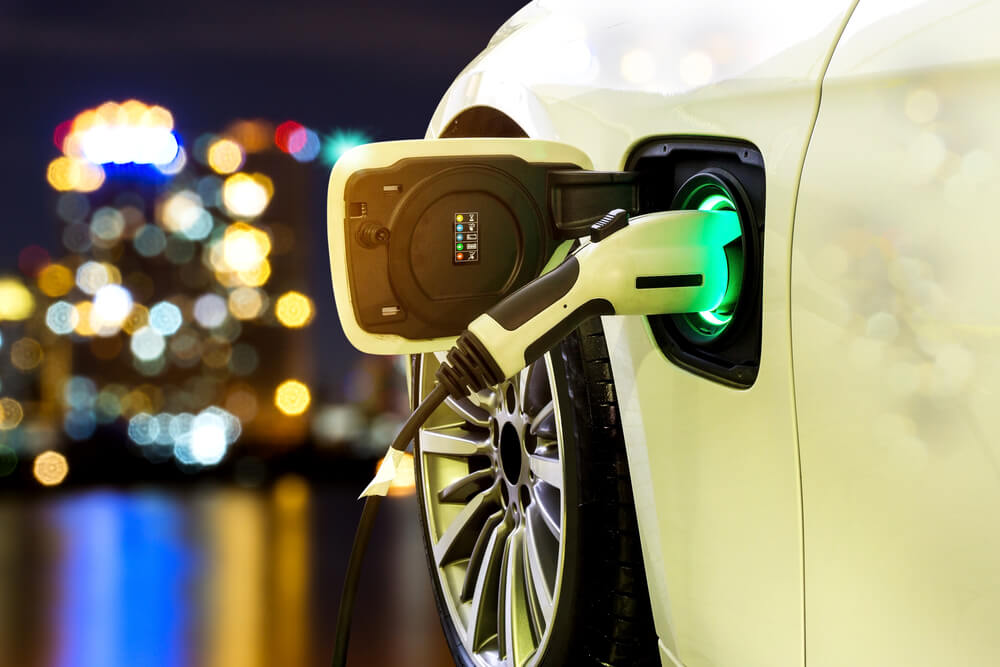The Regulations adding to the drive to Net Zero
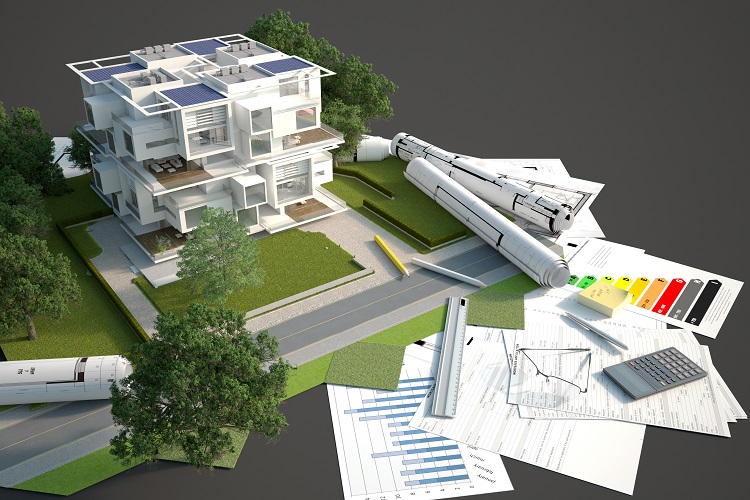
Luke Osborne, ECA Energy & Emerging Technologies Solutions Advisor
Shahid Khan, ECA Technical Manager
As low-carbon technology and energy efficiency take centre-stage in the UK’s energy strategy, commercial opportunities are booming. It’s also a time for electrotechnical designers and installers to consider how to win these opportunities and future-proof their skills and their businesses.
ECA produces extensive guidance for Members, including technical bulletins, guidance notes, CPD accredited webinars, and more. Visit www.eca.co.uk/the-drive-to-net-zero-carbon for more details.
Many factors have set the stage for a low-carbon future. First, ECA Members are reporting growing interest from clients in energy efficient or renewable low-carbon solutions such as solar PV, EV charging, battery storage, heatpumps and smart control systems.
Second, energy prices have reached worrying levels. This affects every commercial, public sector and domestic customer in the land. Local authorities and social landlords have a responsibility (as stated in the BEIS document, Domestic private rented property: minimum energy efficiency standard - landlord guidance) to ensure their properties are energy efficient and help protect their tenants from fuel poverty.
Photovoltaic systems must be installed where feasible in newly constructed buildings:
- For houses: kWp = 40% of ground floor area, including unheated spaces / 6.5
- For flats: kWp = 40% of dwelling floor area / (6.5 x number of storeys in block)
- System facing south-east or south-west
Third, the UK and other governments are now looking to remove national dependence on fossil fuels, which in the context of UK buildings and infrastructure mostly means moving away from gas, but also has implications for traditional measures such as diesel standby generation.
Building Regulations Approved Documents
Finally, on 15 June 2022 a suite of Building Regulations Approved Documents entered the fray, seeking to enhance requirements for energy efficiency in almost all buildings. These Ads apply to all new builds and buildings undergoing extensive renovations.
Some of the more important documents issued in June are:
- Part S- This mandates the installation of electric vehicle chargepoints and, where required, cable routes for future expansion.
- Part L- Conservation of fuel and power. Along with part S, this document brings extra opportunities for electrical and engineering services businesses. It focuses on ensuring the fabric of a building and its energy usage are highly efficient.
The methods used to calculate this account for CO2 emission rates, fabric efficiency rates, as well as primary energy rates.
Part L also mandates that new solar PV panels be installed on new buildings (see box below), and it includes considerations for onsite energy storage.
While heatpumps have not yet been mandated, heating systems must be designed and installed to be ‘heatpump ready’, with a maximum flow temperature of 55C. Building automation and control systems (BACS) are highlighted in guidance notes for both dwellings and non-dwellings.
These already significant changes will be boosted by the Future Buildings Standards, expected in 2025, so installers may want to understand and engage with these new requirements sooner rather than later.
Wiring Regulations point to prosumers
In addition, Amendment 2 to BS7671 has just introduced its landmark Chapter 82: The Energy Prosumer. This further highlights the options and configurations available for newly-built and retrofitted buildings, including on-site generation, energy storage and smart grid interaction systems.
All the above show both the national and industry direction of travel. The new mandates and mechanisms described above are quickly funneling the changes we need to meet our commitment to Net zero Carbon by 2050… if not well before.
Finance, funding and incentives
Finally, there are several ways that customers can get funding to install low-carbon technologies. These include:
- 0% VAT- following representation from ECA and industry partners, this currently applies to heatpumps, solar PV, battery storage systems (where installed as part of a new solar PV system) and energy efficiency controls.
- The Boiler Upgrade Scheme - this is an upfront grant of £5,000 towards the installation of air source heatpumps (ASHP) and £6,000 for ground source heatpumps (GSHP).
- Home Energy Grant - insulation measures for supported individuals who qualify – visit simpleenergyadvice.org.uk/grants for details.
- Green mortgages – these, and mortgage extensions, are beginning to appear. They can provide low-interest finance options for low-carbon and energy efficient installations.
- Time-of-use tariffs and arbitrage - enabling customers to use lower-cost energy (during times of excess grid availability) to either power homes and offices or store energy for use when the cost of grid electricity peaks. Through arbitrage and participating in ‘virtual power plants’, energy (mainly in the commercial sector) can also be traded.
Are you up to date with ECAtoday?
ECAtoday is the official online magazine of ECA and reaches thousands of people within the electrotechnical and engineering services industry.




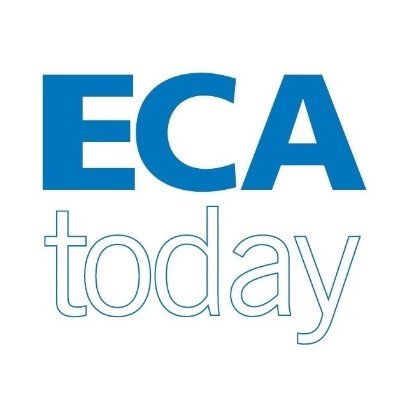


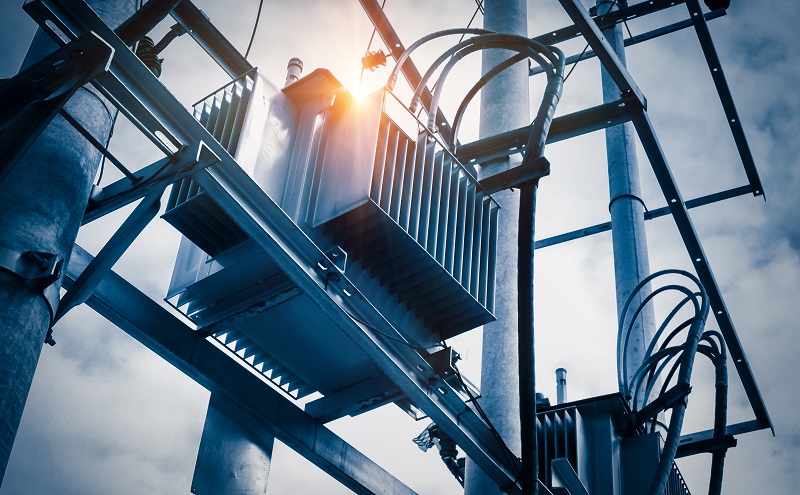
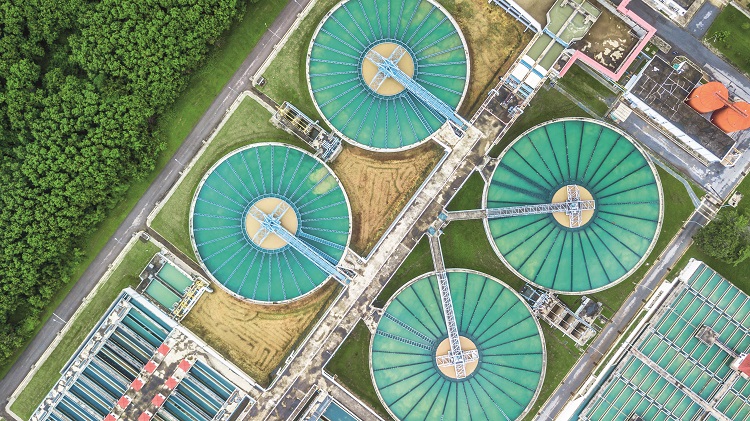
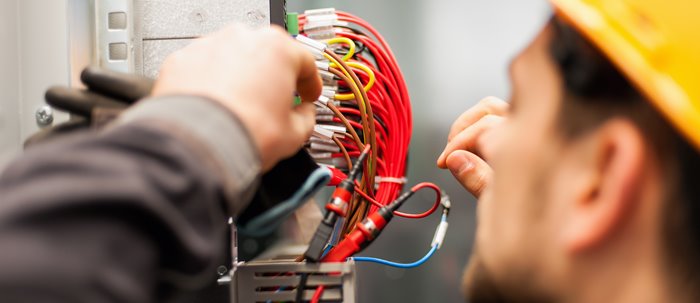
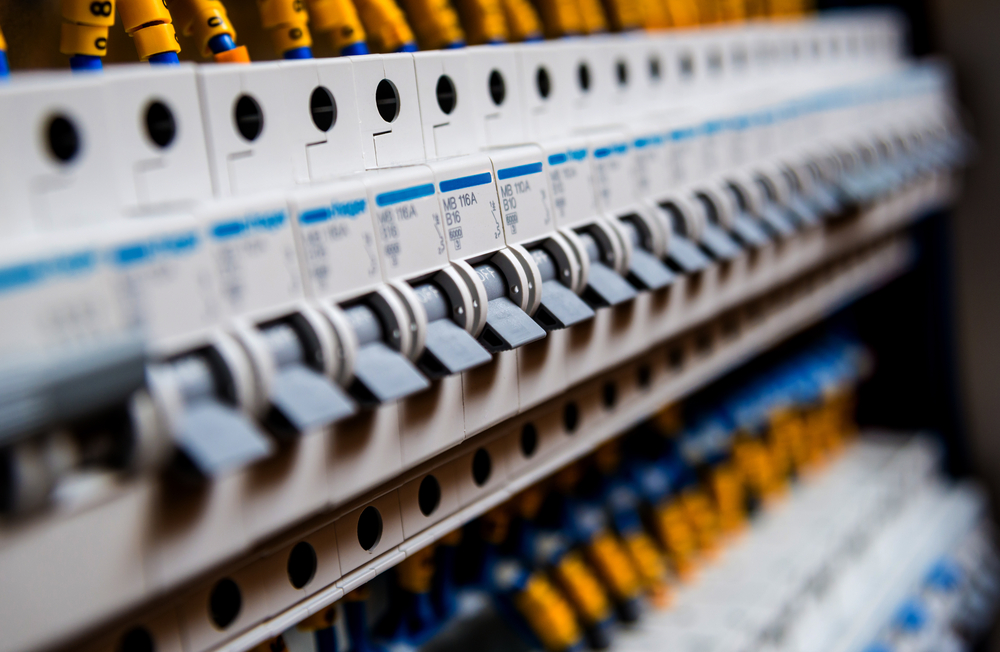
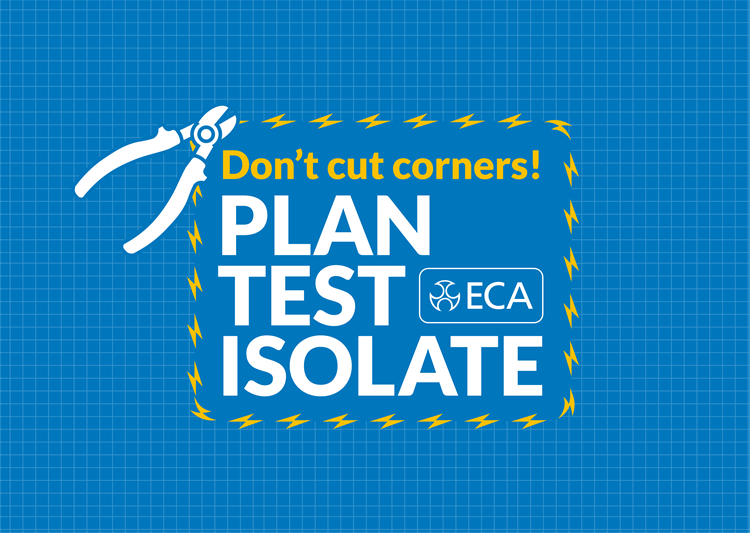
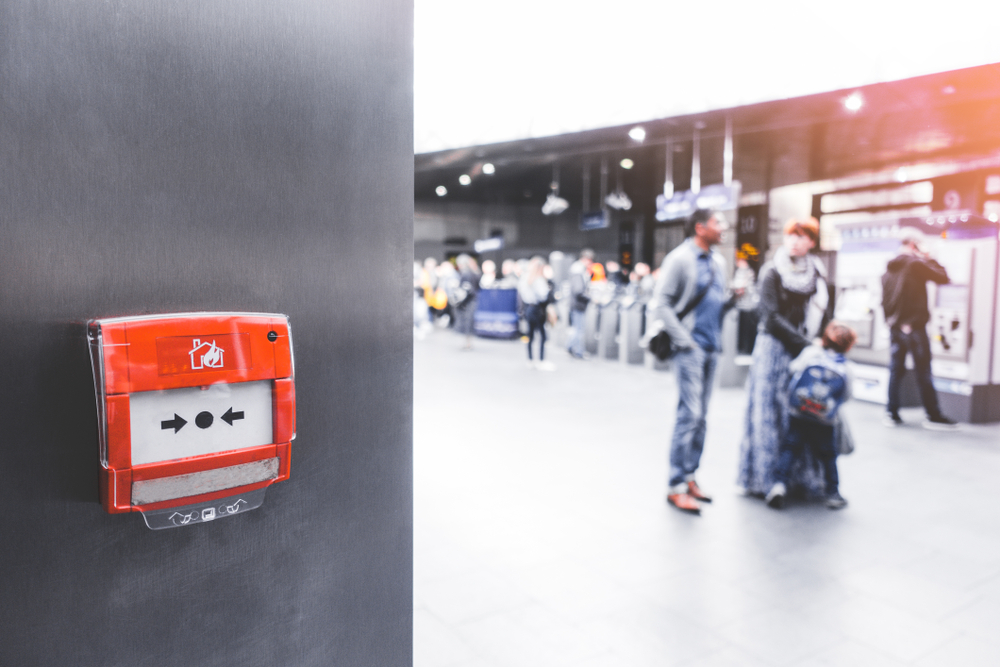
.jpg?width=1000&height=667&ext=.jpg)
